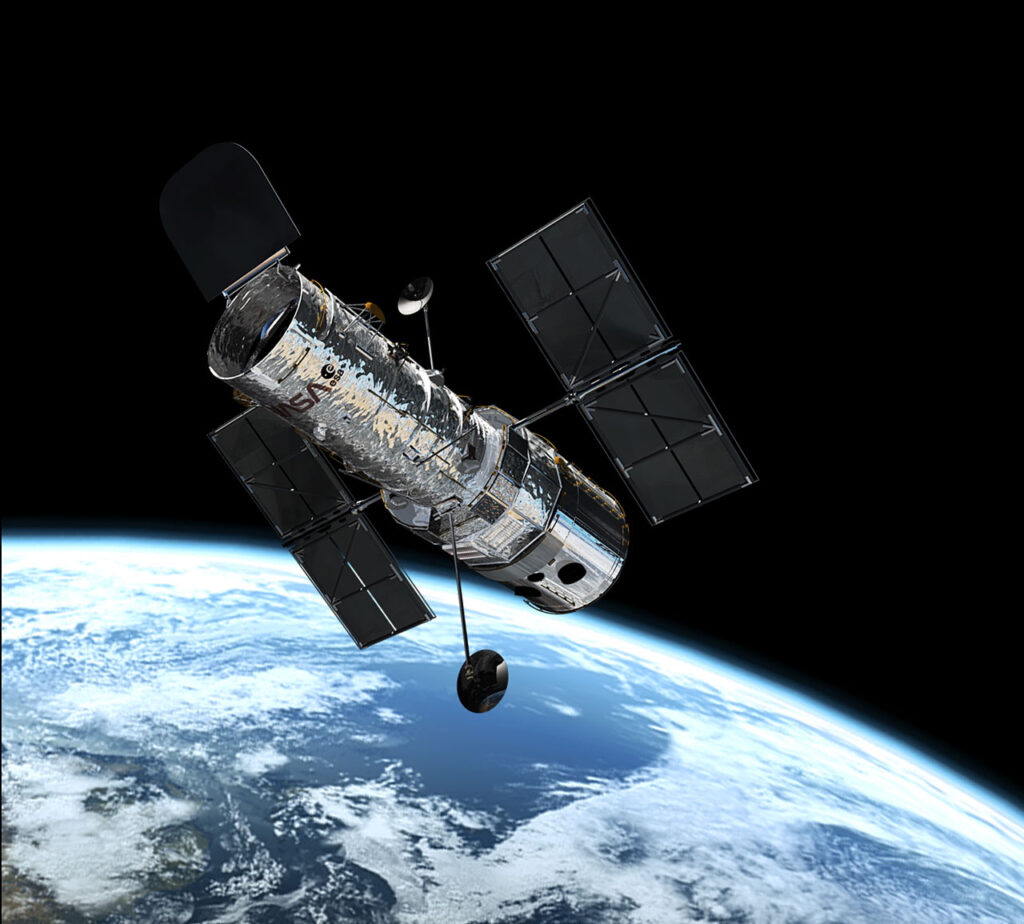NASA’s Hubble Space Telescope captured a new, exceptionally clear, and stunning photo of the second-largest gas giant in early July. The space agency posted the image of the planet on Thursday. The planet’s banded structure is caused by winds and clouds at different altitudes. Hubble’s Wide Field Camera 3 observed Saturn on June 20, 2019, as the planet made its closest approach to Earth, at about 845 million miles away. The camera was pointing toward SATURN, and the image was taken using the MT2 and CL2 filters. NASA told while describing the photo.

“Hubble’s sharp view resolves the finely etched concentric ring structure,” wrote NASA. Noting the rings are composed of chunks of ice “ranging from tiny grains to giant boulders.” Amid a black background of space, Hubble also captured two of Saturn’s 53 confirmed moons: the ice-spraying Enceladus below, and the Death Star-like Mimas on the right.
Hubble orbits about 547 kilometers (340 miles) above Earth and Sixth planet from the sun and orbits 839 million miles from Earth. The latest images drew planetary scientists’ attention towards the changing atmosphere of the gas giant. NASA researchers spotted a “slight reddish haze” over Saturn’s north polar region that indicates the change of atmosphere or heating of the planet by the sun.
“It’s amazing that even over a few years, we’re seeing seasonal changes on Saturn,” Amy Simon, a planetary scientist at NASA‘s Goddard Space Flight Center, said in a statement.






